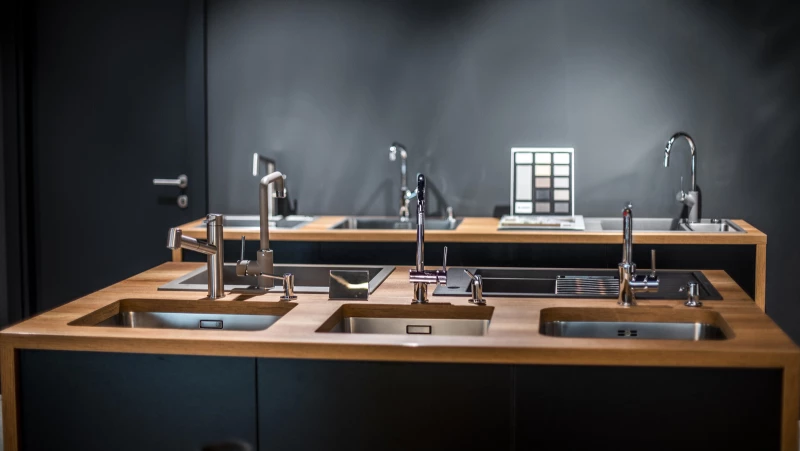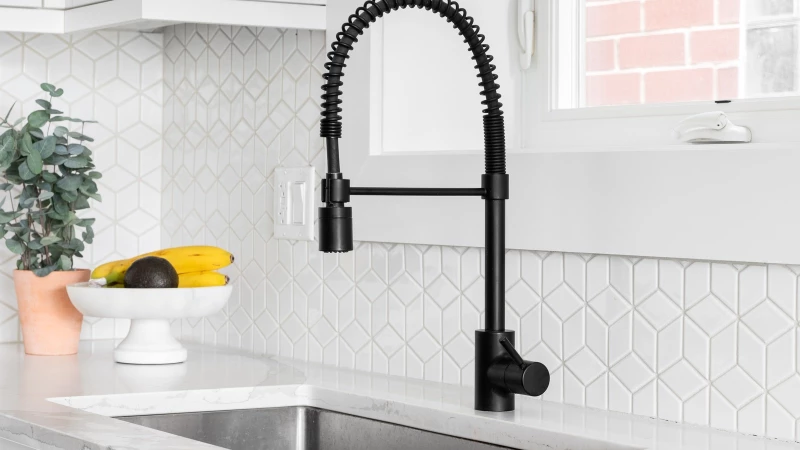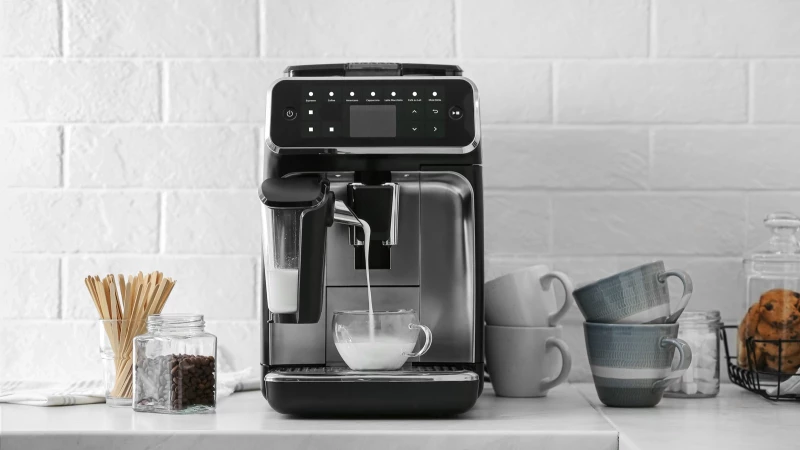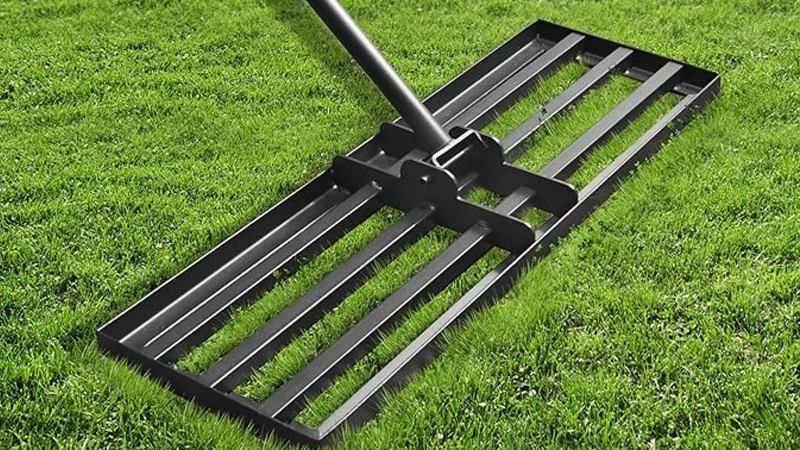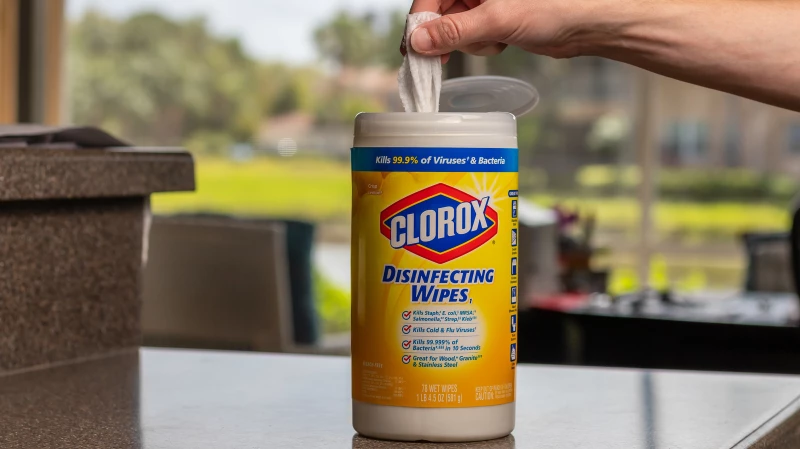Imagine having a kitchen sink that changes color over time and is so delicate that manufacturers intentionally damage it before selling. This is what you get with an unlacquered brass sink. If you want to protect the finish, you can add lacquer but then you won't be able to use hot water in your sink. While it may look beautiful, it requires a lot of maintenance and care to prevent damage.
Have you ever considered a brass-plated sink as a better alternative? While it may seem like a durable option, there are some drawbacks to keep in mind. A sink that is electroplated with brass over a steel or cast-iron body might offer some benefits in terms of the softness of brass, but it also comes with its own set of issues.
This type of sink typically features a thin layer of brass applied to a stronger metal, which is then coated with lacquer. However, this thin brass plating is susceptible to deterioration with regular use. Re-plating a steel or iron sink is possible, but it's not a task you'd want to tackle frequently, as it involves uninstalling the sink and taking it to a specialist for electroplating.
Additionally, the lacquer layer that is meant to protect the brass plating poses its own challenges. Lacquer can be easily removed with hot water, which raises questions about its effectiveness in the long run. It's like wearing a motorcycle helmet that can be wiped off with a damp cloth - not the most reassuring thought.
Exploring the Benefits of Lacquered Solid Brass

Considering the fragility of thin brass plating, an alternative solution is to apply a protective lacquer to solid brass sinks. This method proves to be more durable, allowing for the use of stronger chemicals to efficiently remove the lacquer when needed. Periodically removing the lacquer, polishing the brass underneath, and reapplying the lacquer can maintain the sink's appearance.
Brassworks Co. from Baltimore, MD, highlights that their lacquering process can endure for up to 20 years, but cautions that lacquer on items exposed to moisture may deteriorate faster. While lacquering offers some protection, it does not eliminate the upkeep required for brass sinks. Therefore, individuals may need to embrace the patina of tarnished brass or opt for traditional sink materials to avoid maintenance challenges.
For more information, visit Brassworks Co.

